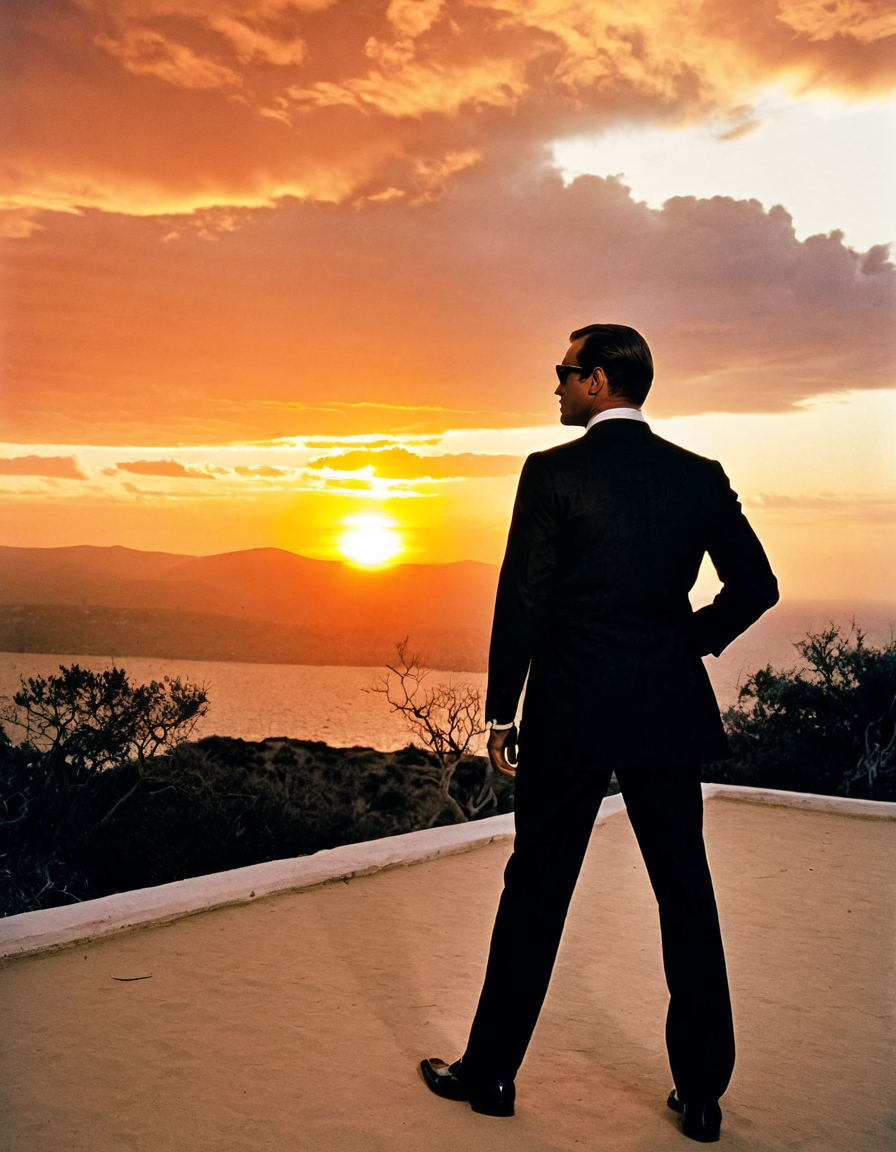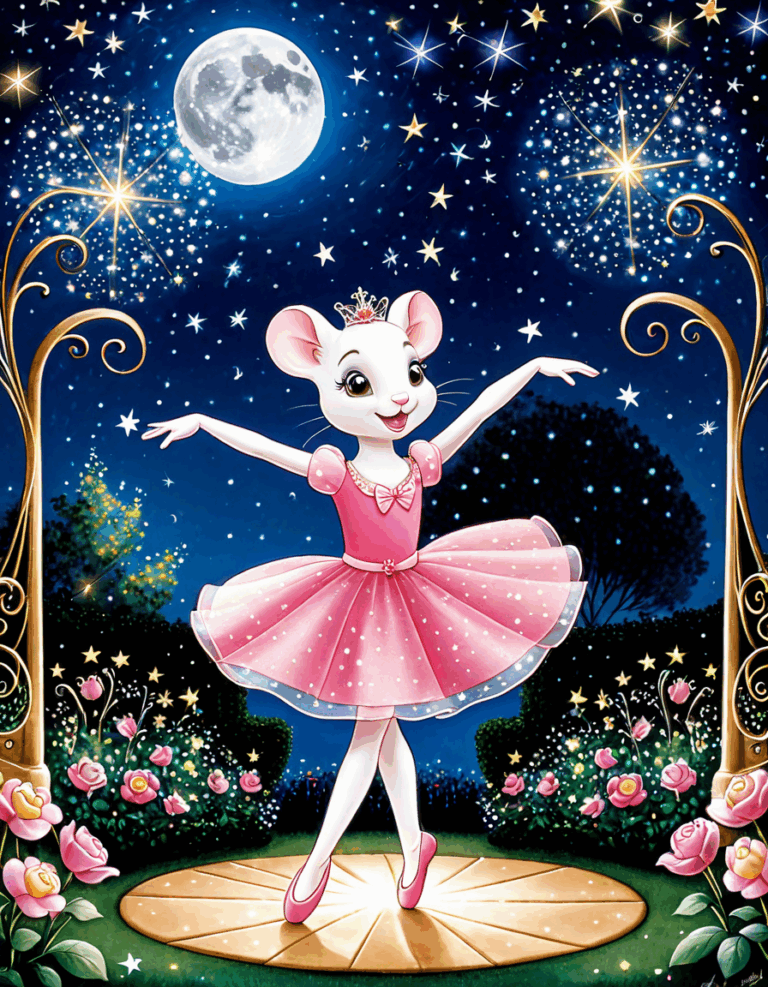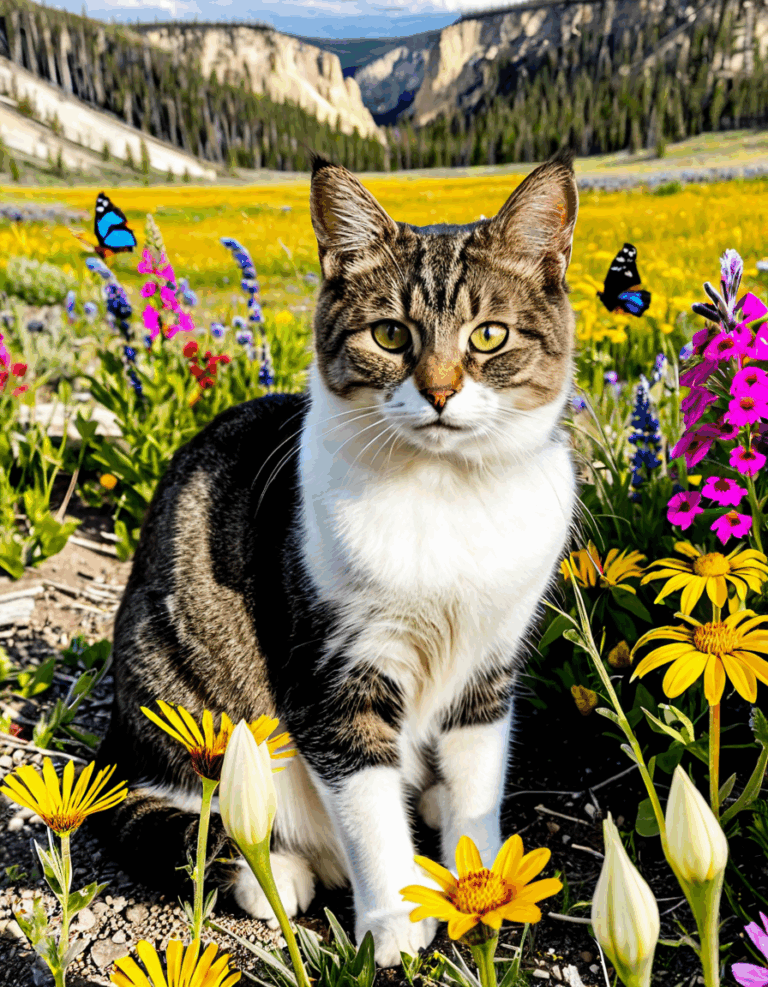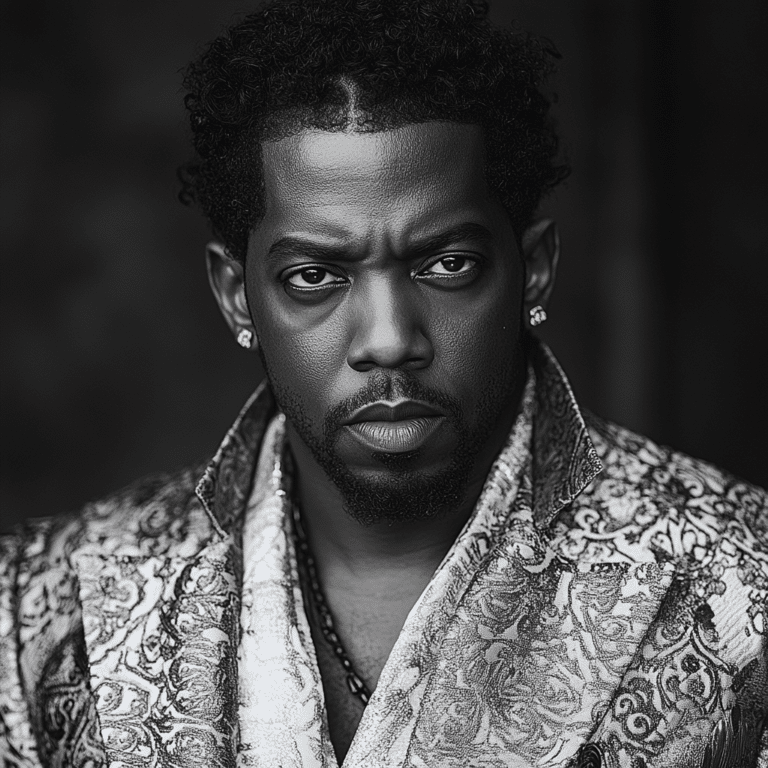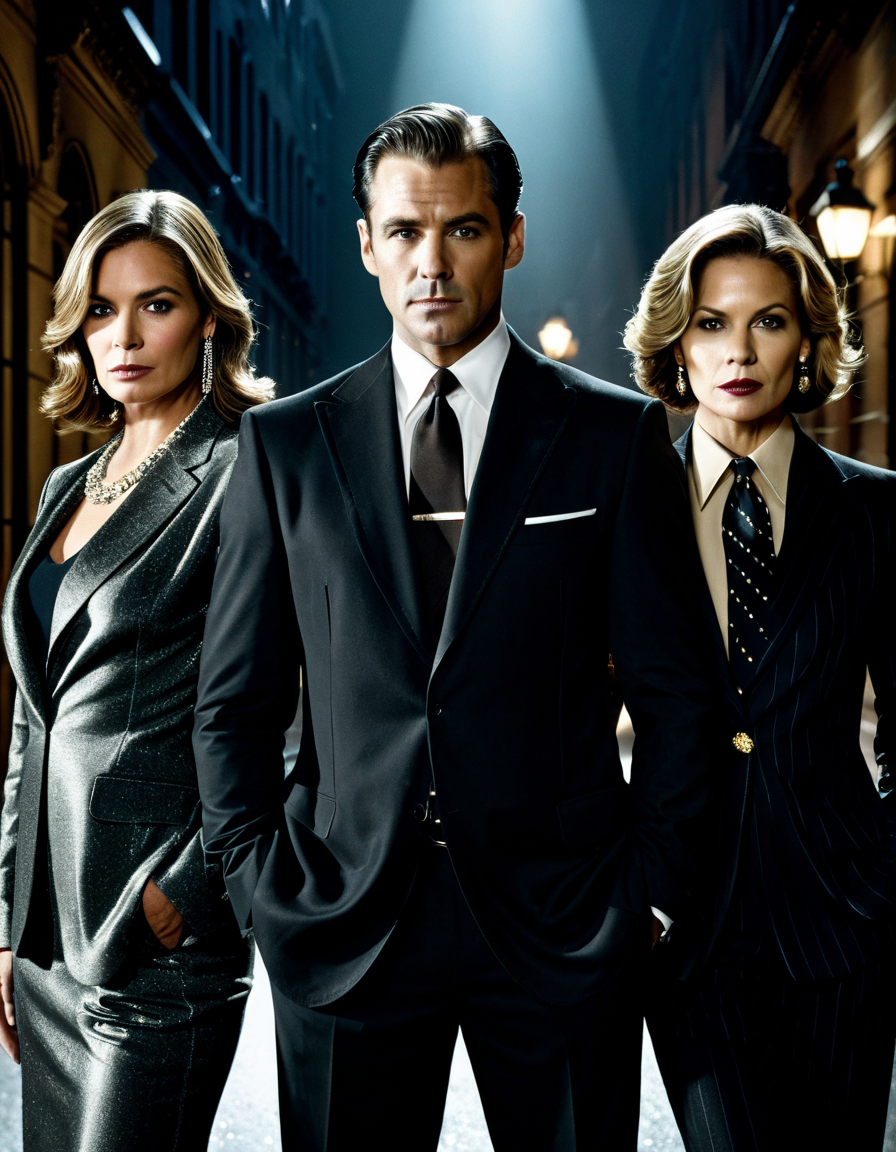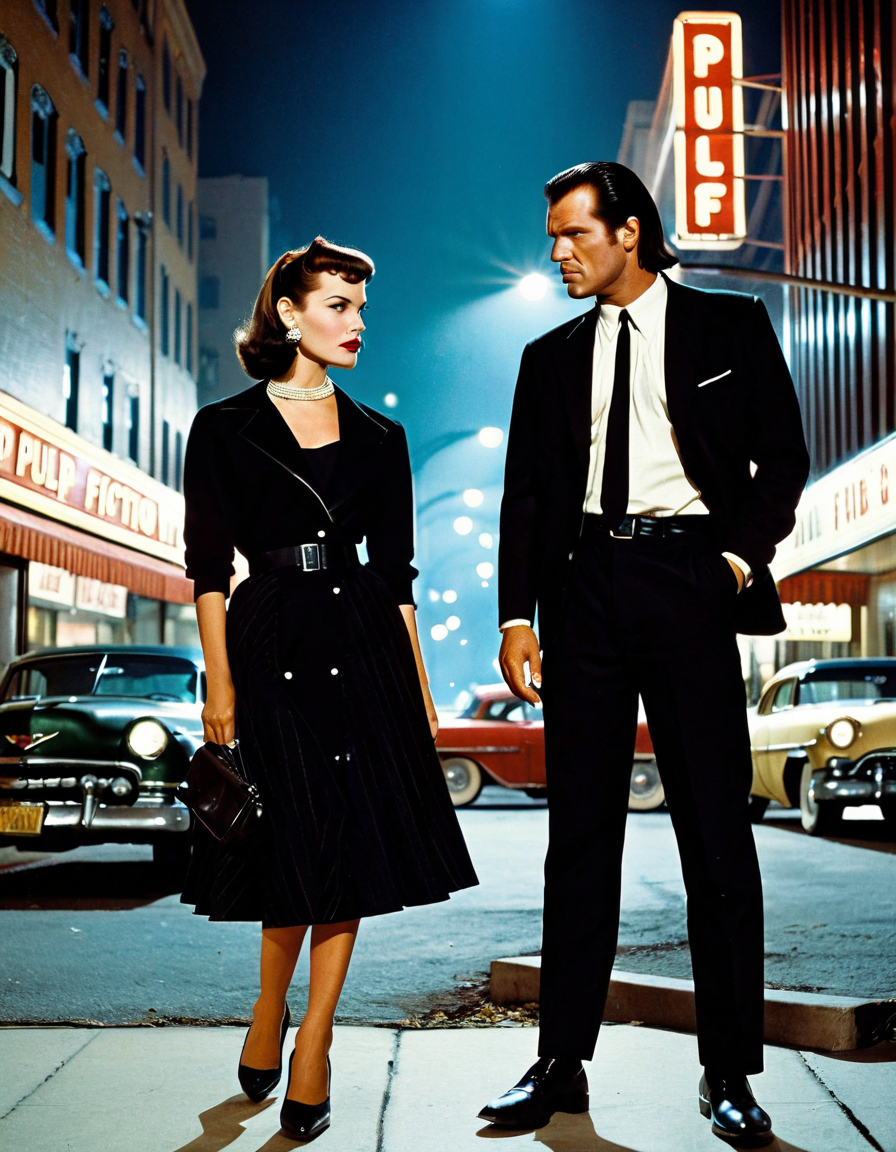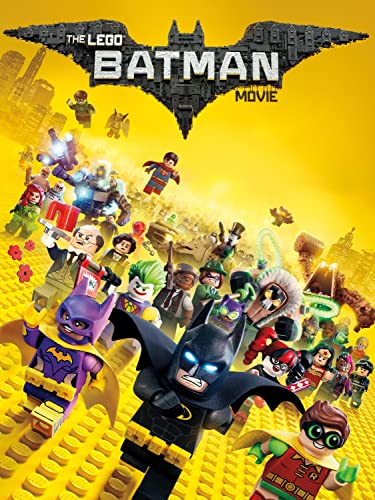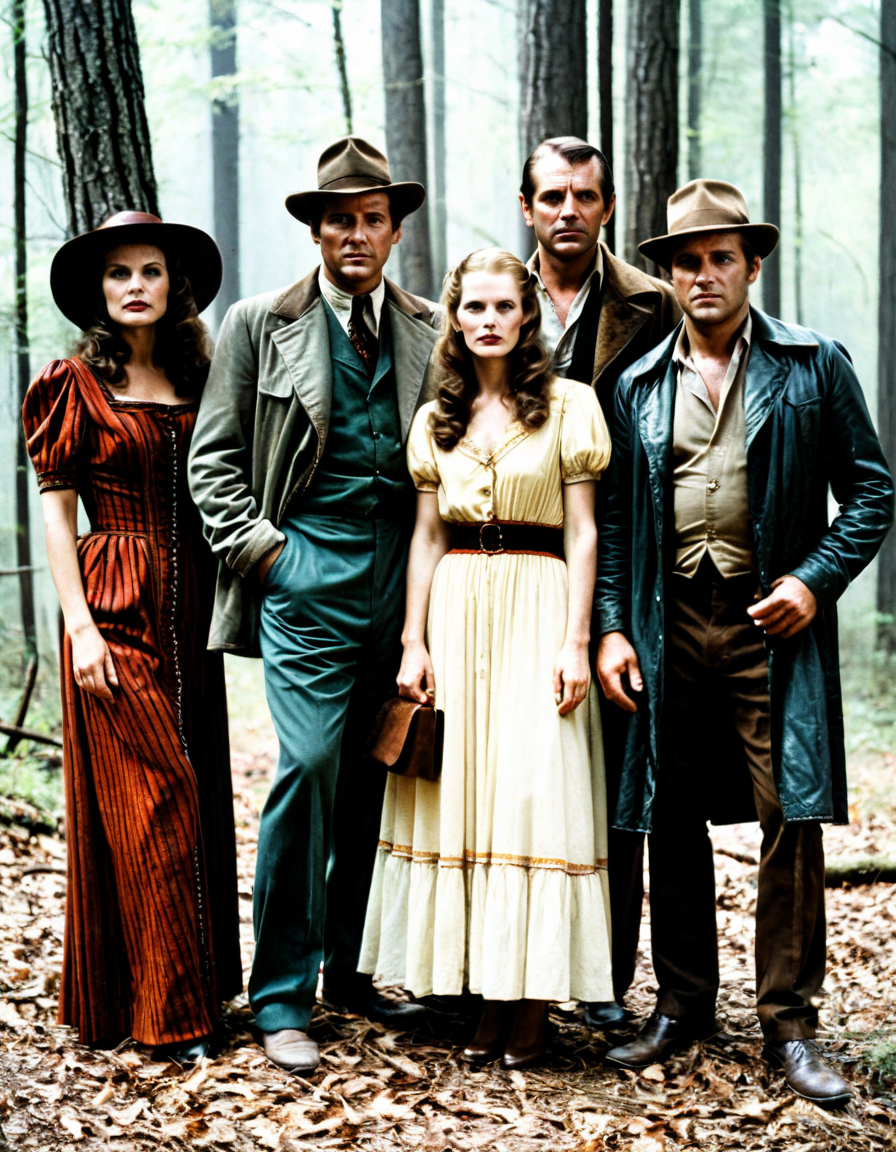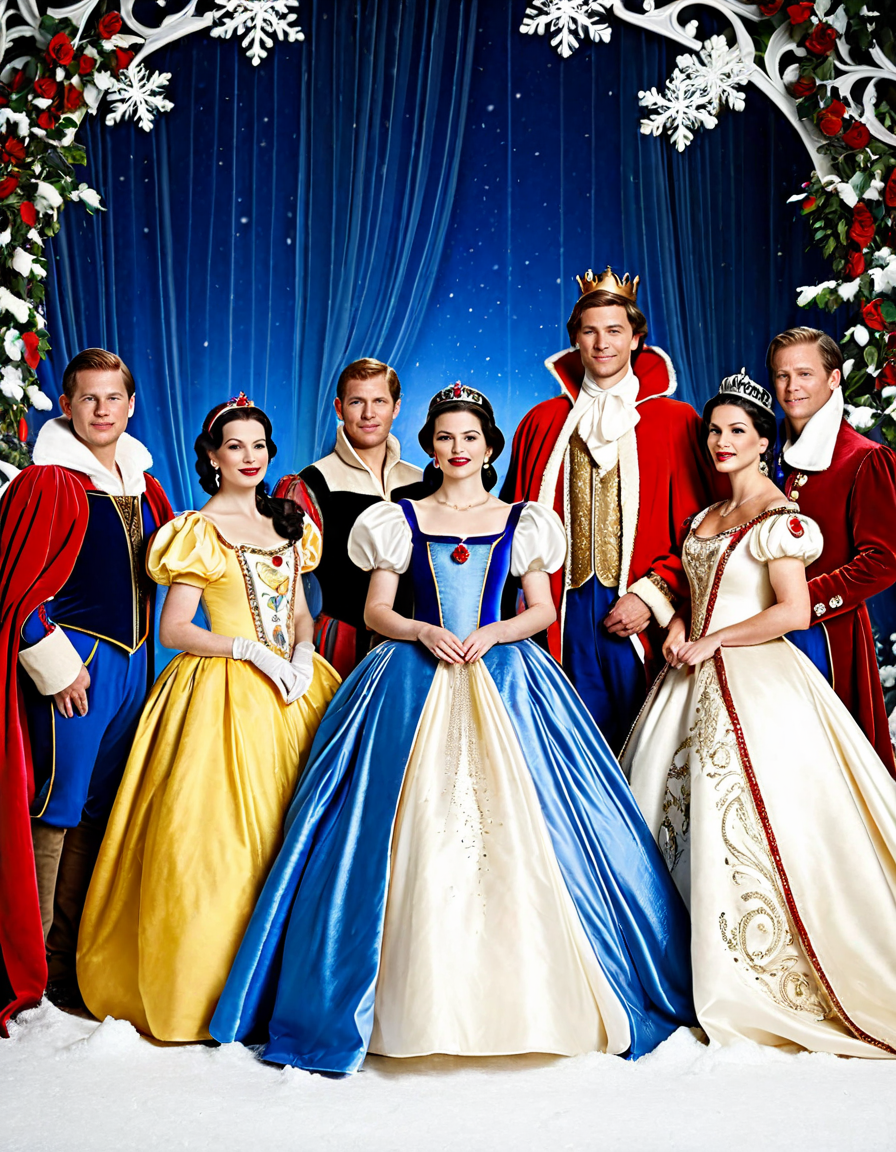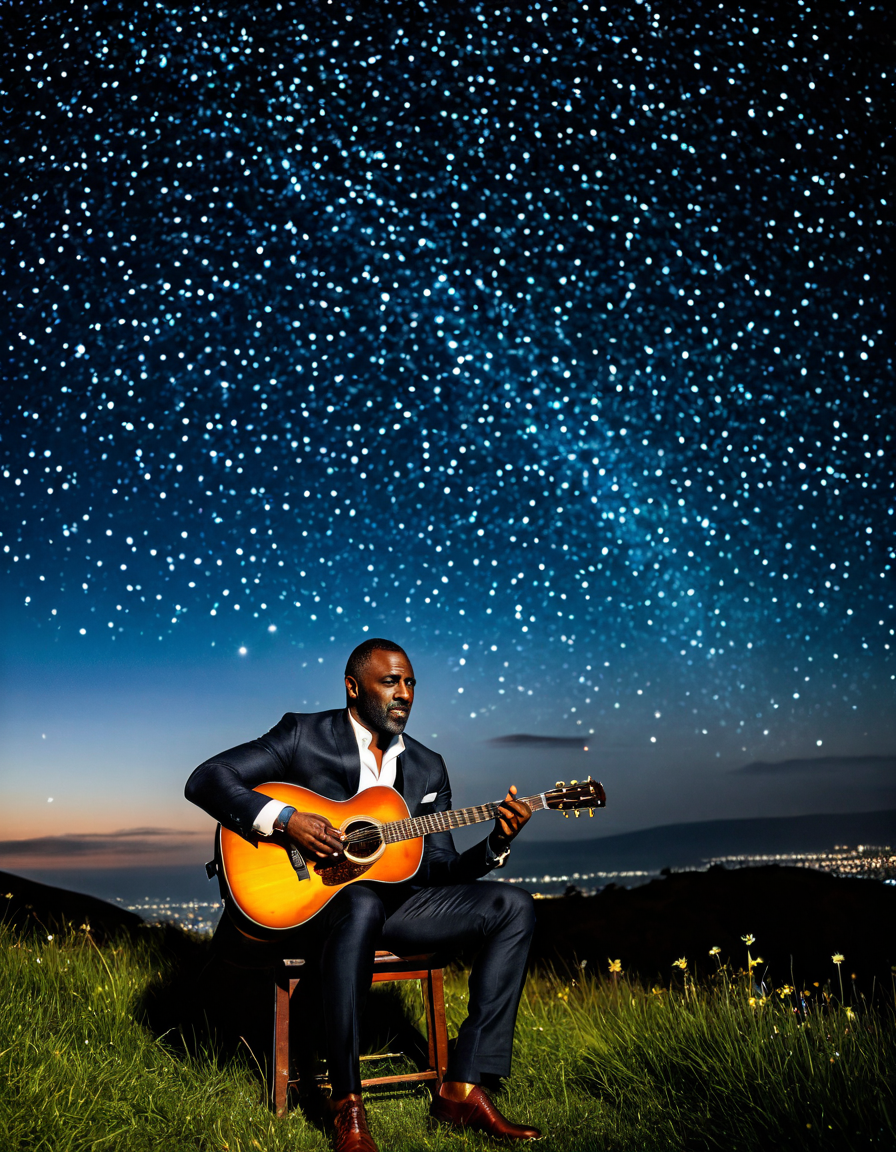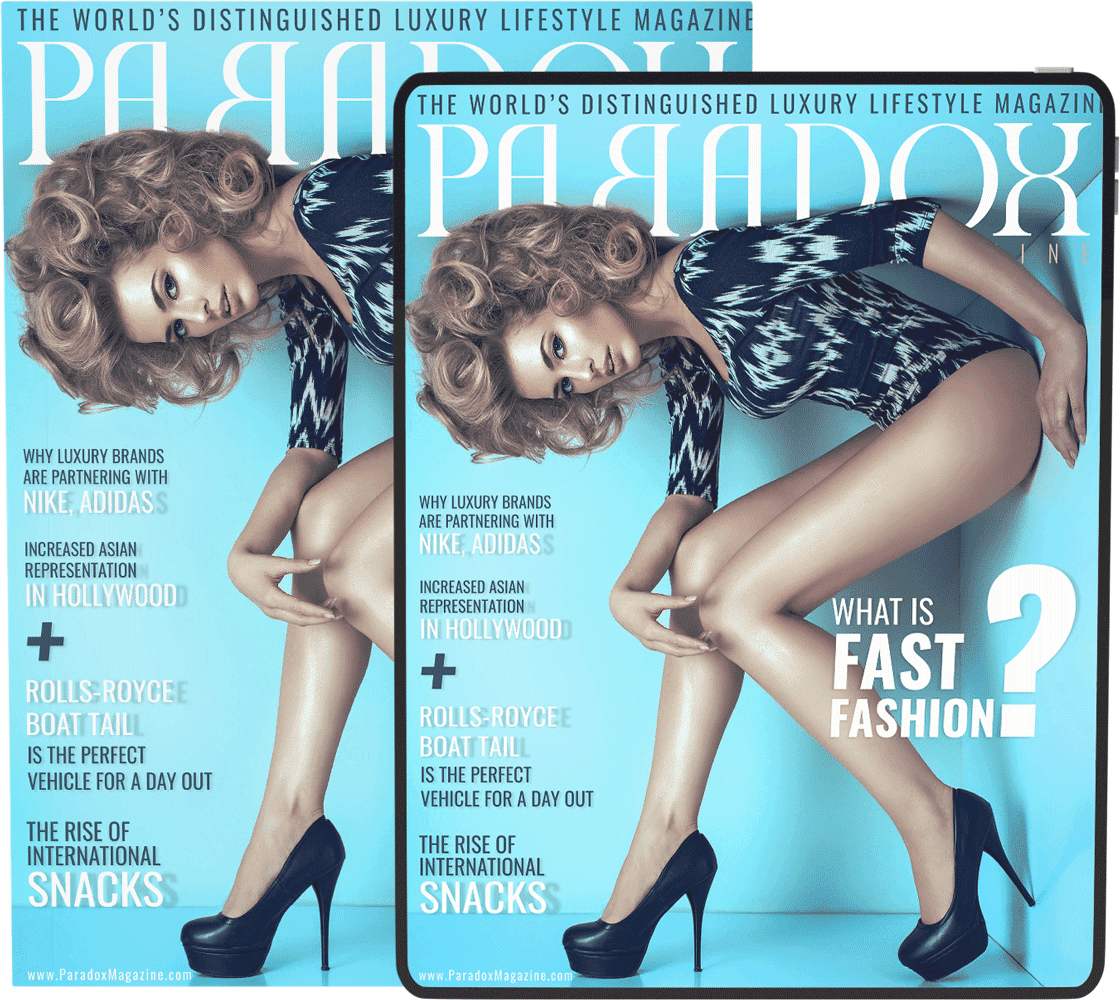In 1973, “Live and Let Die” emerged not just as a film title but also as a cultural phenomenon that intertwined with the James Bond legacy. Starring the ever-charismatic Roger Moore in his inaugural performance as 007, this film has left an indelible mark on the franchise, blending the ethos of the spy genre with elements that highlight the social tensions of the times. Now, as we peer toward 2026, it’s fascinating to peel back the layers of this Bond classic while examining the broader implications of its themes: to “let live or die” against the backdrop of an era marked by change.
The film-thrumming with adventure and styled to perfection—delivers more than just car chases and glamorous women. It offers an insightful commentary on the cultural dynamics of the 1970s, served with a side of daring escapades, and throws in enough visual and auditory flair to make us swoon. So let’s dive into the five secrets behind “Live and Let Die” that still resonate today.

The Top 5 Secrets Behind “Live and Let Die” That Still Resonate Today
1. Cultural Pioneering: Reflections of the 1970s
“Live and Let Die” broke new ground by featuring a predominantly Black cast, including the talented Yaphet Kotto as the villain Dr. Kananga and Gloria Hendry as the Bond girl, Rosie Carver. Talk about a game-changer! This was a bold shift from a previously homogeneous representation in films and a reflection of the growing demand for diversity in cinema.
By embracing this cultural representation, the film captured the zeitgeist of the early 1970s, a time when societal norms were being questioned. Given that the film dropped amid civil rights movements and evolving identity politics, its legacy not only redefined how Bond interacted with the world but echoed broader conversations about race and representation that continue to resonate today. It implored audiences to “let live or die” in regard to social change, a message as relevant now as it was then.
2. The Soundtrack That Defined a Generation
Paul McCartney and Wings weren’t just another band; their song for the film became immediately iconic, establishing itself as a classic in the annals of film music. The blend of jazz, rock, and a sprinkle of reggae created an audacious soundscape that echoed the adventurous spirit of the film. Just like the multicolored patterns in a chic outfit, the song’s vibrant energy complemented Moore’s suave on-screen persona while hinting at the festival vibe of the disco era.
This catchy tune didn’t just communicate the film’s themes; it ushered in a new age for future Bond scores. It transformed how soundtracks were perceived and paved the way for artists to incorporate personal styles into cinematic music, much like fashion-forward innovators in their glamorous quests for prominence. Talk about setting the stage for a new era!
3. Innovative Cinematography: A Bond First
Ads for “Live and Let Die” promised thrills, but Guy Hamilton delivered outright cinematic magic. His direction employed groundbreaking camera techniques, with stunning aerial shots that felt revolutionary, paving the way for what’s become a staple in action films today. The intricacies of the boat chases in the bayou had audience hearts racing and deftly illustrated a dynamic visual style that remained unmatched in previous franchise installments.
The exhilarating energy and fast-paced editing breathed life into the story, making us yearn for adventure alongside 007. Just like a well-tailored design that we can’t wait to show off, these innovative elements set a standard for action-packed scenes that would characterize Bond films long after.
4. Leveraging Supernatural Elements: The Influence of Voodoo
Voodoo culture weaves an intriguing thread through the narrative, speaking to the age’s fascination with the supernatural and the mystique surrounding Caribbean culture. This fascinating blend of espionage and mysticism not only fueled the drama but also gave audiences a thrilling glimpse into how fear and control played pivotal roles in both the story and the social climate of the day.
As Bond navigates this dark and enchanting landscape, we see reflections of colonialism and the battle for power manifested in the characters. Even today, themes of control and ambition remain hot topics, echoing in real-life narratives that consider who gets to decide who can “let live or die.” The supernatural elements are more than just sensational—they’re a profound commentary wrapped in thrilling cinematics.
5. A New Style: Roger Moore’s Influence on the Bond Persona
With a twinkle in his eye and smooth charm, Roger Moore redefined what it meant to be James Bond. Departing from Sean Connery’s rugged masculinity, Moore put forth a suave, almost cheeky essence that breathed fresh air into the franchise. This shift in portrayal emphasized charm over brute force, courting audiences anew and setting the stage for many a dapper spy across generations.
His sartorial choices—from tailored suits to effortlessly bold accessories—reflect contemporary fashion sensibilities while retaining the classic allure of Bond style. As Moore played with a modern blend of wit and sophistication, he showed that spies could be both dashing and playful, teasing an evolution in how Bond would continue to grow as a character.

Legacy of “Live and Let Die”: How It Helped Shape Modern Spy Films
The Relevance of Themes: Live and Let Die in Today’s Context
The themes embedded within “Live and Let Die” maintain relevance in today’s socio-political landscape, exploring the dynamic between power and individual agency. The question of who gets to “let live or die” resonates profoundly in our era grappling with globalization, identity politics, and so much more.
The depiction of villains driven by ambition and control reflects real-world issues, making the narrative acutely relevant to modern audiences. Just like trendy runway styles, the film urges us to examine how power and corruption play out, resonating like a timeless piece of haute couture that remains in vogue.
Bond’s Evolution: From 1973 to 2026
Reflecting on Bond’s journey from the 1970s to the present reveals a nuanced evolution, showing how his character and storylines have adapted to changing cultural contexts. The 2021 film “No Time to Die” delves into themes of vulnerability, fate, and morality, standing in stark contrast to earlier portrayals that often glamorized over-the-top exploits.
Analyzing these transformations allows fans to grasp how evolving social norms have shaped espionage, gender dynamics, and morality through the Bond lens. As we prepare for the future with Bond, it’s captivating to note how the timeless appeal of “Live and Let Die” maintains its influence, inspiring new chapters of intrigue and danger.
Final Thoughts: The Enduring Impact of a Bond Classic
“Live and Let Die” is not just a film; it serves as a cultural artifact encapsulating the shifting sands of storytelling and social change. By engaging with the film’s secrets, themes, and legacy, we can appreciate its enduring impact on the Bond franchise and broader film history.
As the series continues to evolve toward 2026, the insights drawn from this 1973 classic remind us of the delicate balance between letting characters and narratives grow while staying true to the essence of what makes James Bond a timeless icon. So here’s to the thrilling escapades, dazzling style, and vibrant exploration of life, death, and everything in-between—may we always “live and let die!”
Live and Let Die: Fun Trivia and Interesting Facts
Bond’s Bold Dive into the ’70s
“Live and Let Die,” the eighth film in the iconic James Bond series, broke new ground in multiple ways. Released in 1973, it was the first Bond film to feature Roger Moore as 007, ushering in a new era of spy thrills. Did you know the film’s title song was performed by none other than Paul McCartney and Wings? The track topped charts worldwide, marking a significant blend of rock and cinematic history. It’s hard to believe how music can stick with us, much like the latest headlines about Kelce taylor swift that have taken over pop culture—just a reminder of how music is woven into the fabric of our lives!
As Bond sailed through the vibrant locales of Louisiana and the Caribbean, the film showcased a mix of cultures, reflecting the era’s changing perspectives. One fun tidbit: Bond’s nemesis, Dr. Kananga, played by Yaphet Kotto, is remembered for his unique and creative methods of villainy. His character’s charm and menace reminisce a bit of the cunning seen in stories of a yellowstone missing cat—the unpredictable twists and turns keep the audience engaged, both in cinema and real life.
Historical Looks and Lasting Impact
The cultural impact of “Live and Let Die” extended surprisingly beyond just its storyline. It was one of the first Bond films to heavily incorporate elements of African American culture into its plot. This choice paralleled the changing dynamics in the film industry during the early ’70s, just as the world was grappling with significant figures like When Did Elvis presley die, which had resonated through society in various forms. Bond was finally reflecting the society it depicted, setting the stage for future blockbusters to take similar risks.
Turning the spotlight to the film’s production, director Guy Hamilton and his crew ensured Bond stayed relevant. They tackled themes of superstition and exploitation, drawing attention to societal issues of the time. In a quirky twist of fate, it’s amusing to think about how these tales could intertwine with the adventures of characters from children’s shows like Angelina ballerina. So, whether it’s dance or espionage, storytelling remains a universal thread connecting us all.
A New Age of Espionage
“Live and Let Die” wasn’t just known for its action; it also had its fair share of peculiar moments. The set design included some eerie voodoo ceremonies which added an intriguing flavor to the film’s atmosphere. Interestingly, it wasn’t the film’s only connection to pop culture—much like the camaraderie seen in the cheetah Girls, it highlights how group dynamics can play a vital role in storytelling. Additionally, the movie’s underwater sequences, featuring intense scenes with crocodiles, evoked a sense of danger, somewhat akin to the suspense of a gripping drama akin to rust creek.
In terms of legacy, it’s fascinating to look at how “Live and Let Die” paved the way for modern action films. Its eclectic mix of styles and genres has influenced many productions since, in much the same way that The anchor stands as a crucial base for news organizations today. So next time you think of 007, remember the film isn’t just a classic; it’s a landmark moment that captured the essence and follies of its time!
